Breathless, almost gasping for air, I stood unsteadily before a city spread across the landscape. As my head rolled from left to right, so the ramshackle buildings covering every nook and hidden cranny of viable land continued, from the mountainside, through the valley to the mountain at the other end of the panorama.
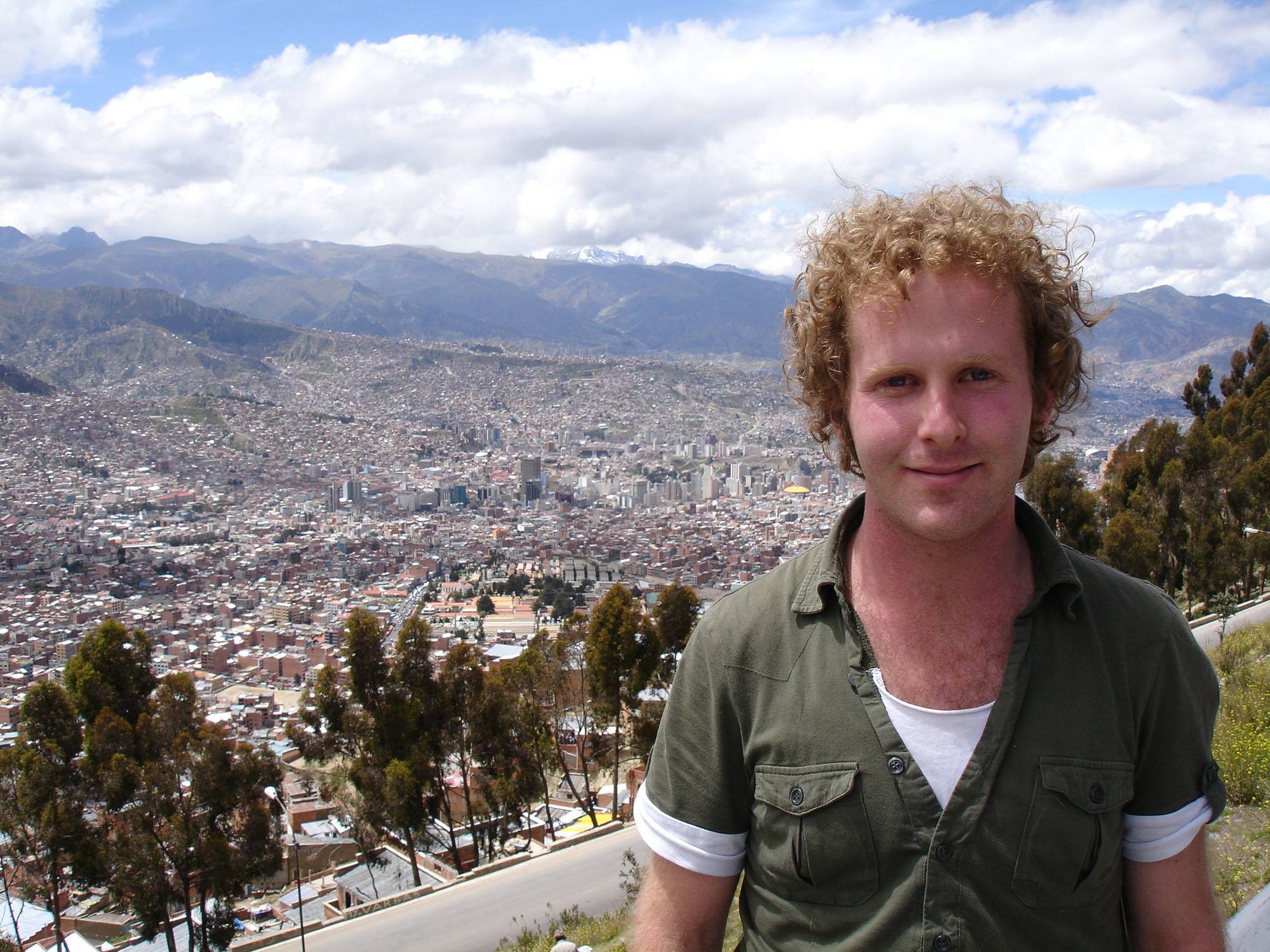
Traffic whizzed past behind, emitting a whirlwind of pungent fumes that added fuel to the vertiginous fire burning behind my eyes. A warm hand - curled gently around my right elbow - guided me securely to the back seat of the taxi: “Bienvenido a Bolivia!” cheered the jocund voice, a suitable initiation to visiting La Paz.
La Paz’s Dizzying Heights
Despite being only a three-hour flight from Santiago, the dizzying heights of Bolivia’s endearing La Paz drained my vital energy. At 3500-metres above sea level, the breath-taking Andean city is the highest capital in the world. As such, oxygen in the air is sparse: moving and breathing, at first, were laborious tasks.
However, as day two arrived, and our bodies had adjusted slightly to the heavenly proximity, we eased into lighter frames; wandering the hilly streets became less arduous.
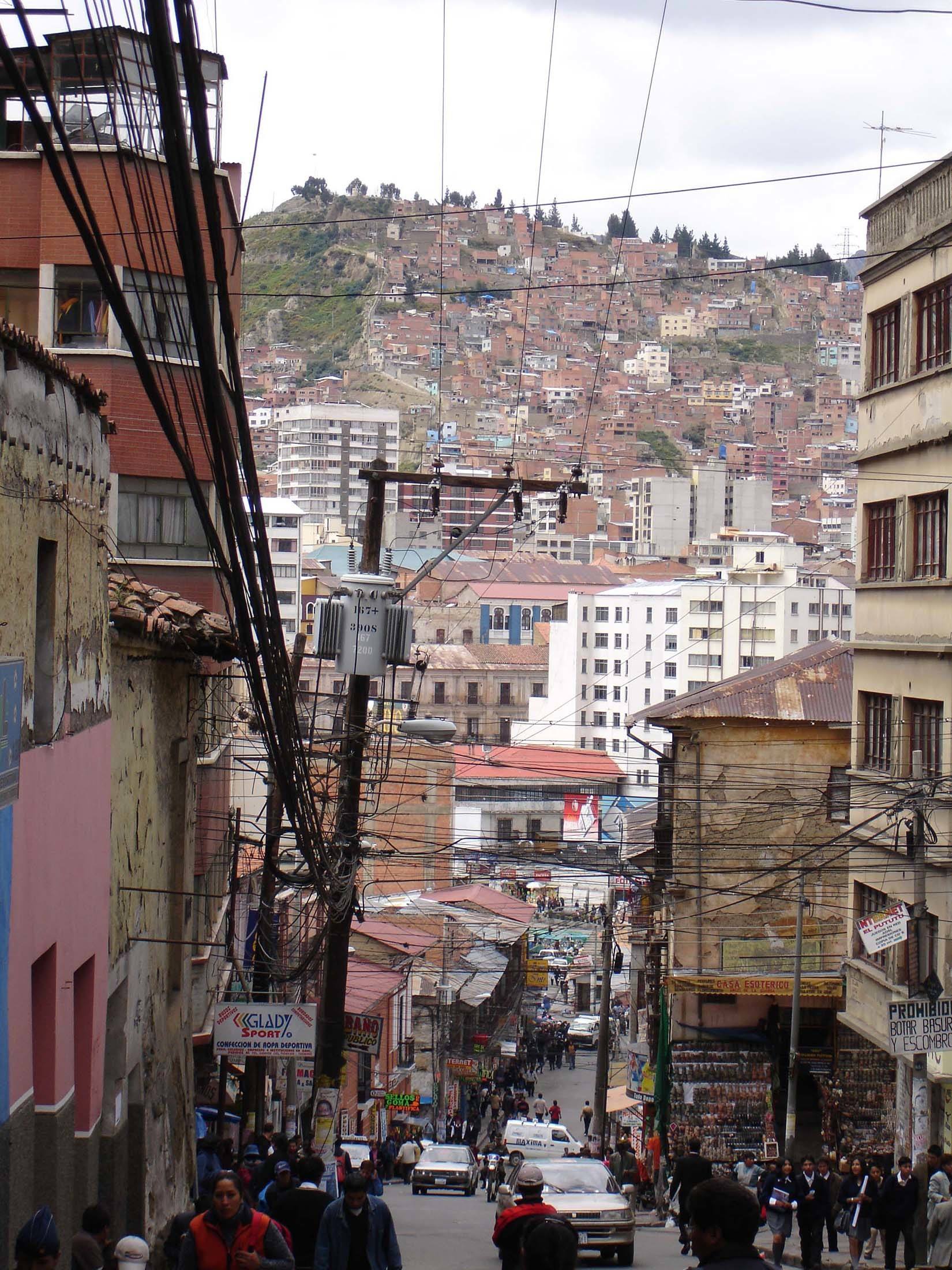
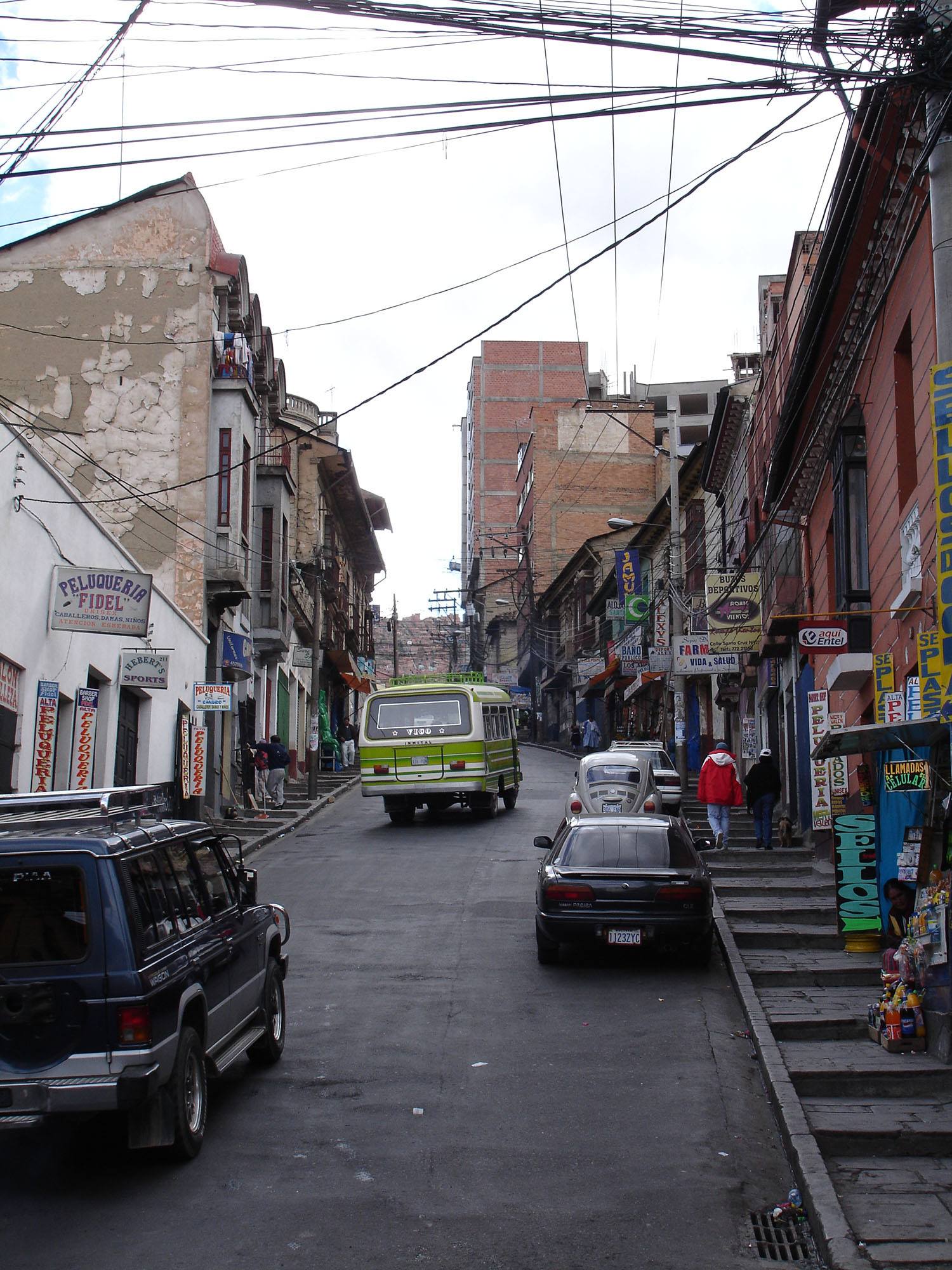
La Paz’s buzzing vibe beckoned; we donned woollen attire to resist the attacking cold wind, then set out on a self-directed guide-book tour of the city.
Descending the hostel steps, befuddlement returned as intermittent moments of dizzying detachment from reality occurred: I was, inevitably, wholly unprepared for the altitude sickness that the atmosphere, several thousand metres above sea, created. Beguiled by the hustle, Ben and I moved steadily, stepping in the gaps created by the city’s mosaic of cobbled stone.

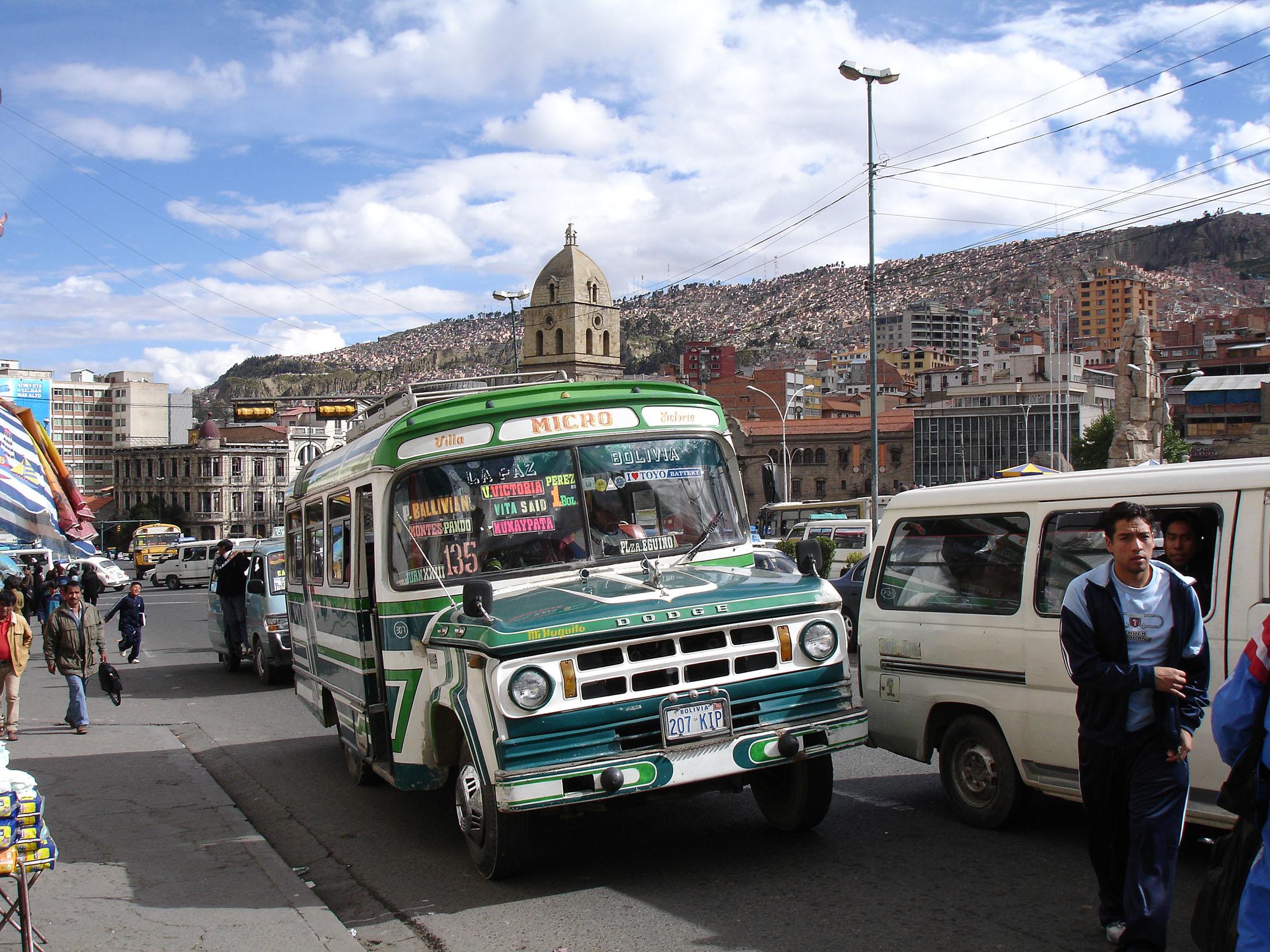
Unmistakable lucidity occurred as traffic swarmed the roads, buses, cars and bikes locking one another into a cluster so taut pedestrians dared not squeeze through. Gazing heavenward revealed a continuation of the knotted theme, as wires – supplying the city with much-needed electricity – wrapped around one another in an eternal tangle.
Colourful Allure
“How much?” I asked, pointing curiously at the grey and white chullo stacked alongside variegated colours of Bolivian dynamism on the market table.
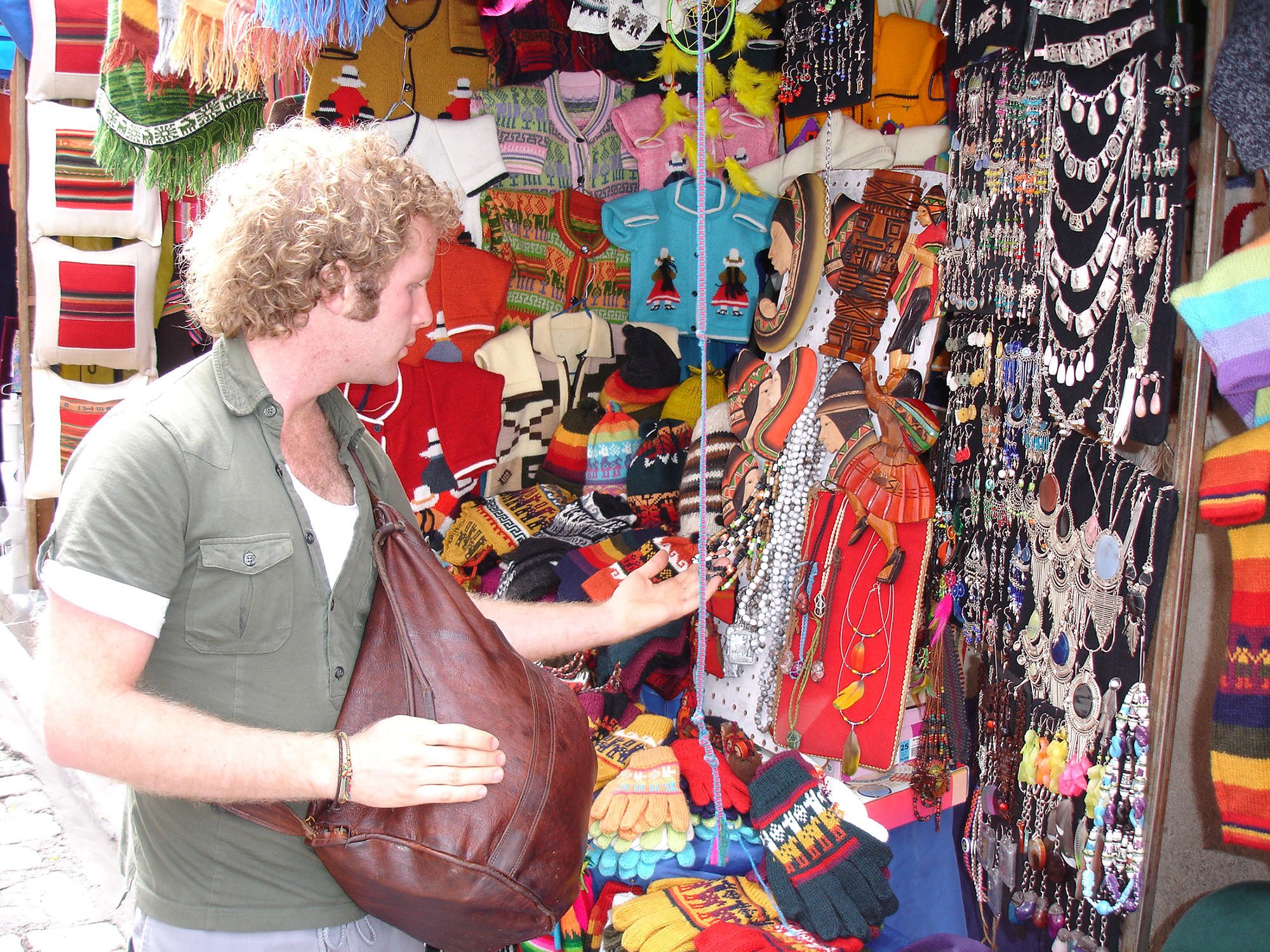
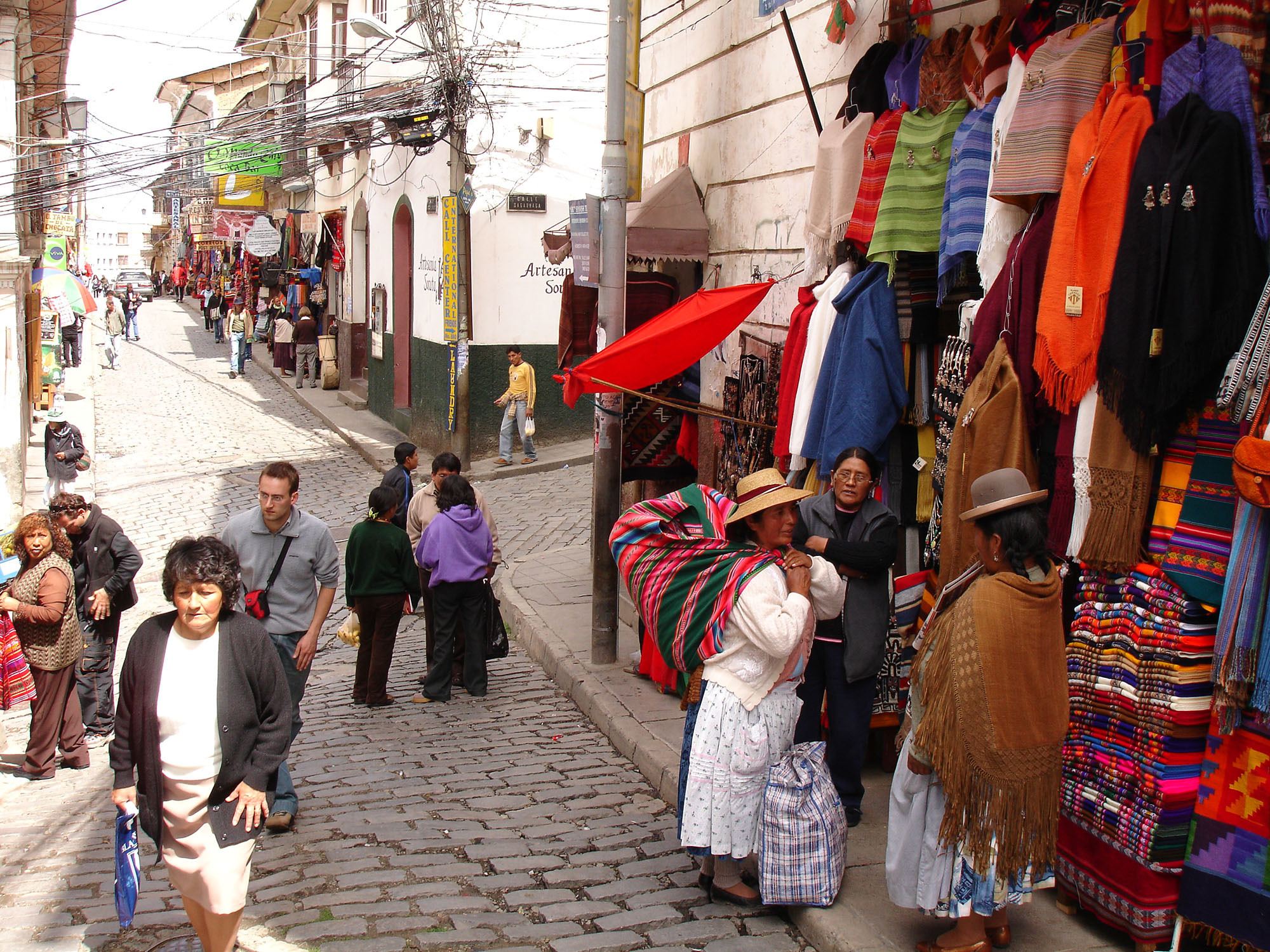
The kindred Indigenous face emitted a radiant smile, as the hand that had been resting on her layered pollera lifted: she raised five fingers, indicating the negotiable price.
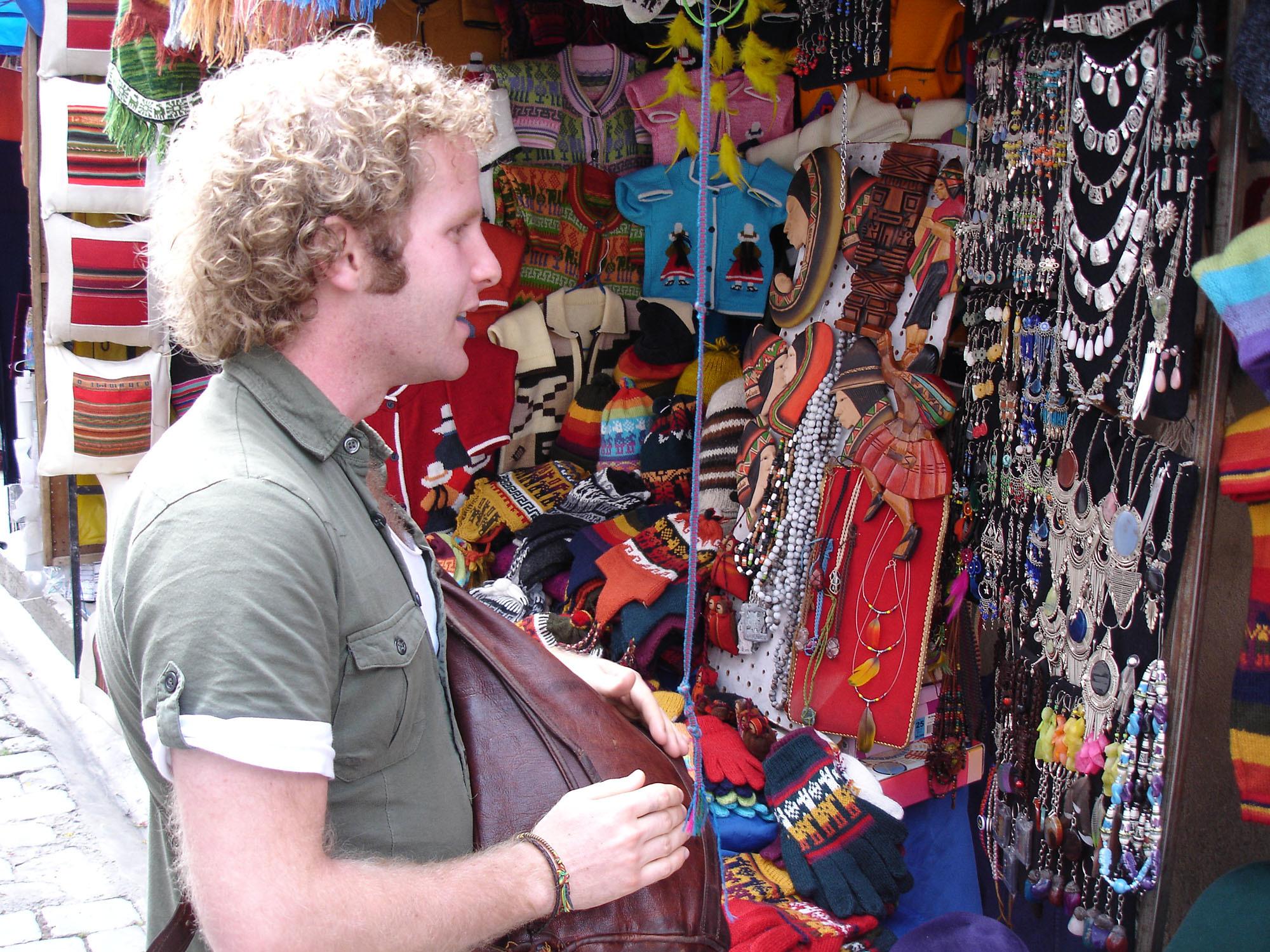
Linguistic incompetence amputated my Spanish tongue, removing any chance of true negotiation between the cholita - bedecked archetypically in her top hat - and I. Yielding to the capricious weather swarming above our heads, I picked the coins from my pocket and collected the Bolivian beanie from the middle-aged woman.
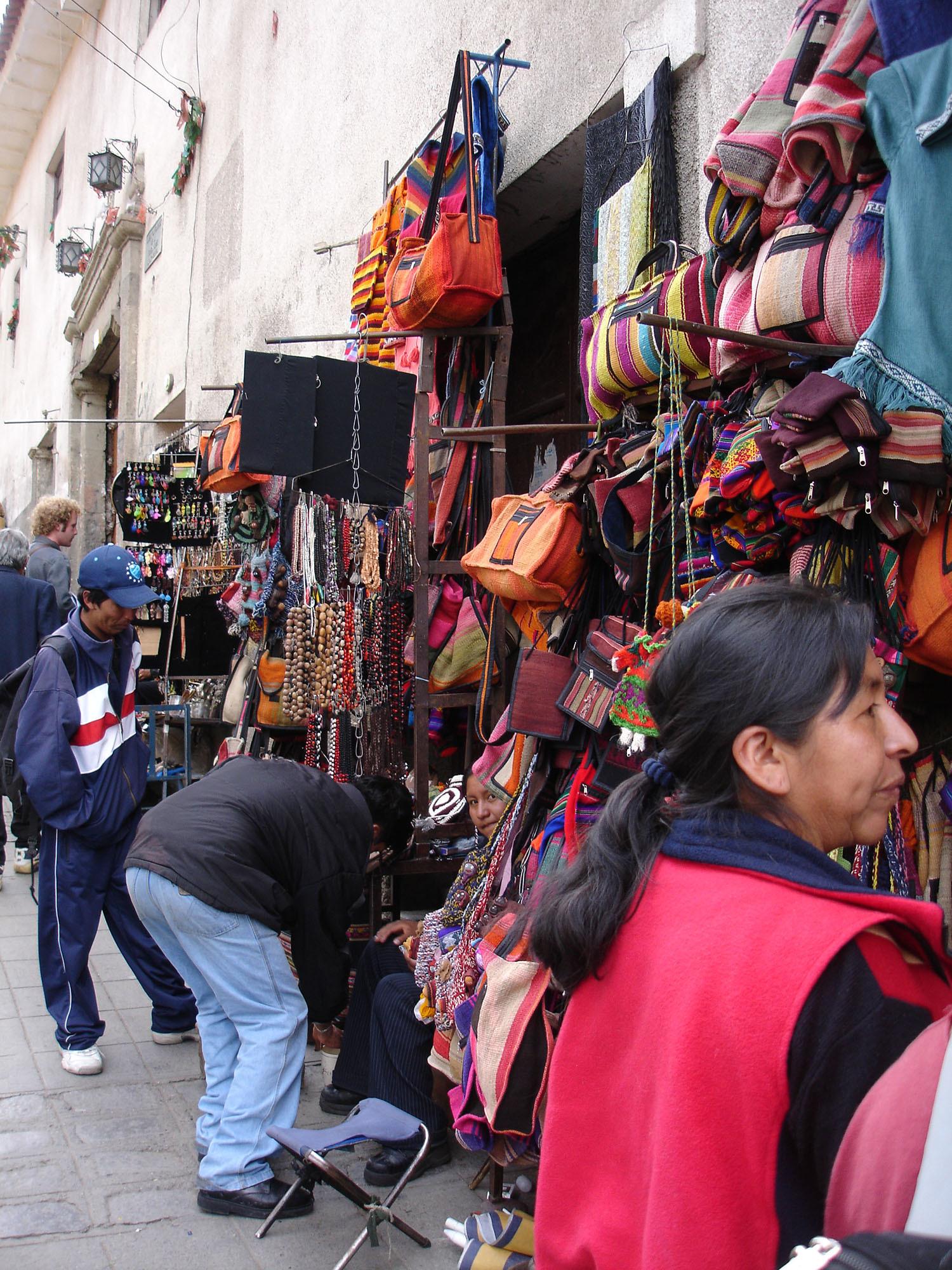
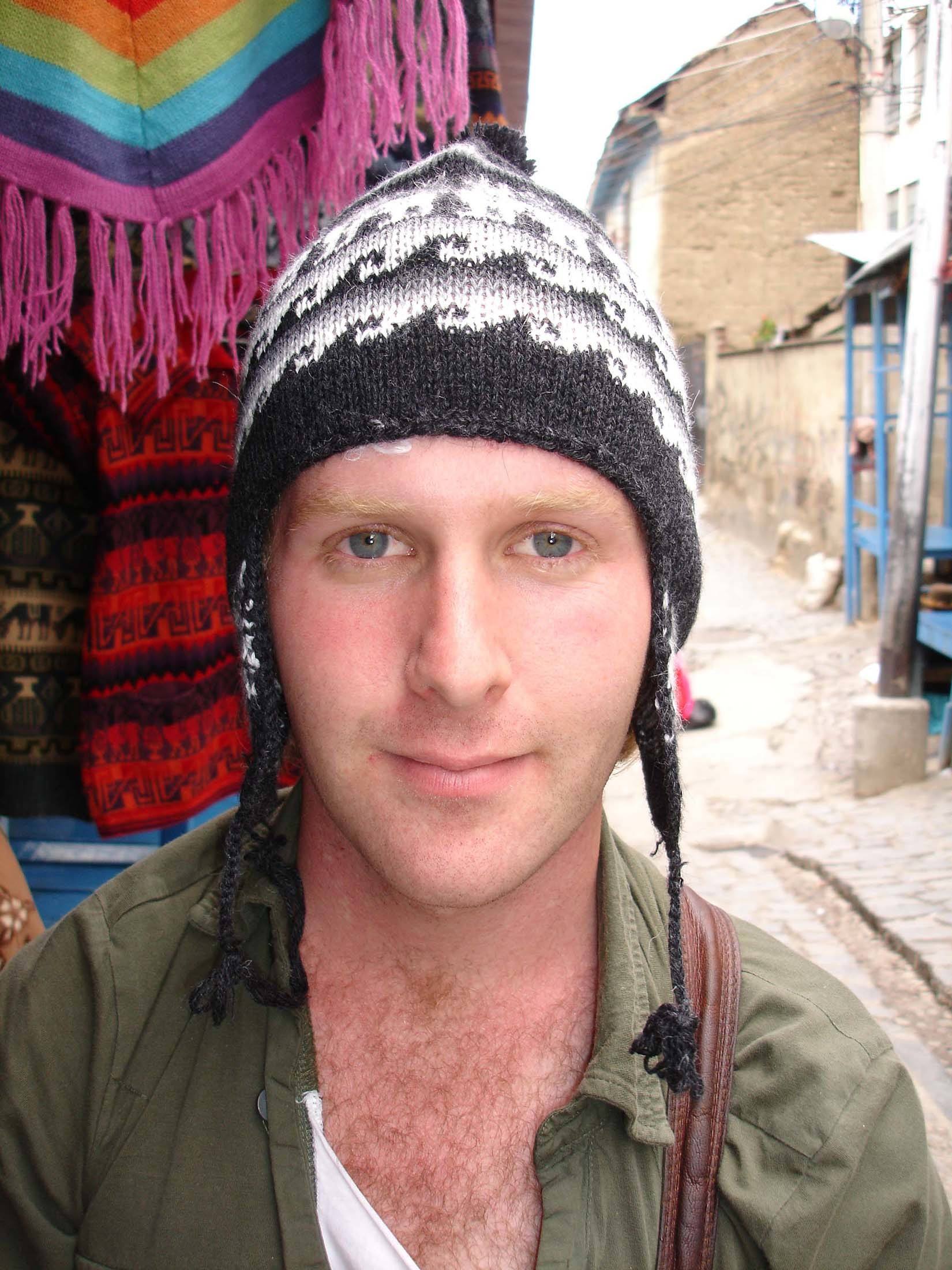
As we moved to Plaza Murillo, the city’s wonky magnetism continued emerging.
Contrary to the congested roads, the square remained reasonably free of overcrowding. People moved from begrimed minibuses to market stalls, unfolding the crucible of Bolivian life and finely focusing our voyeuristic travel-tuned lenses.
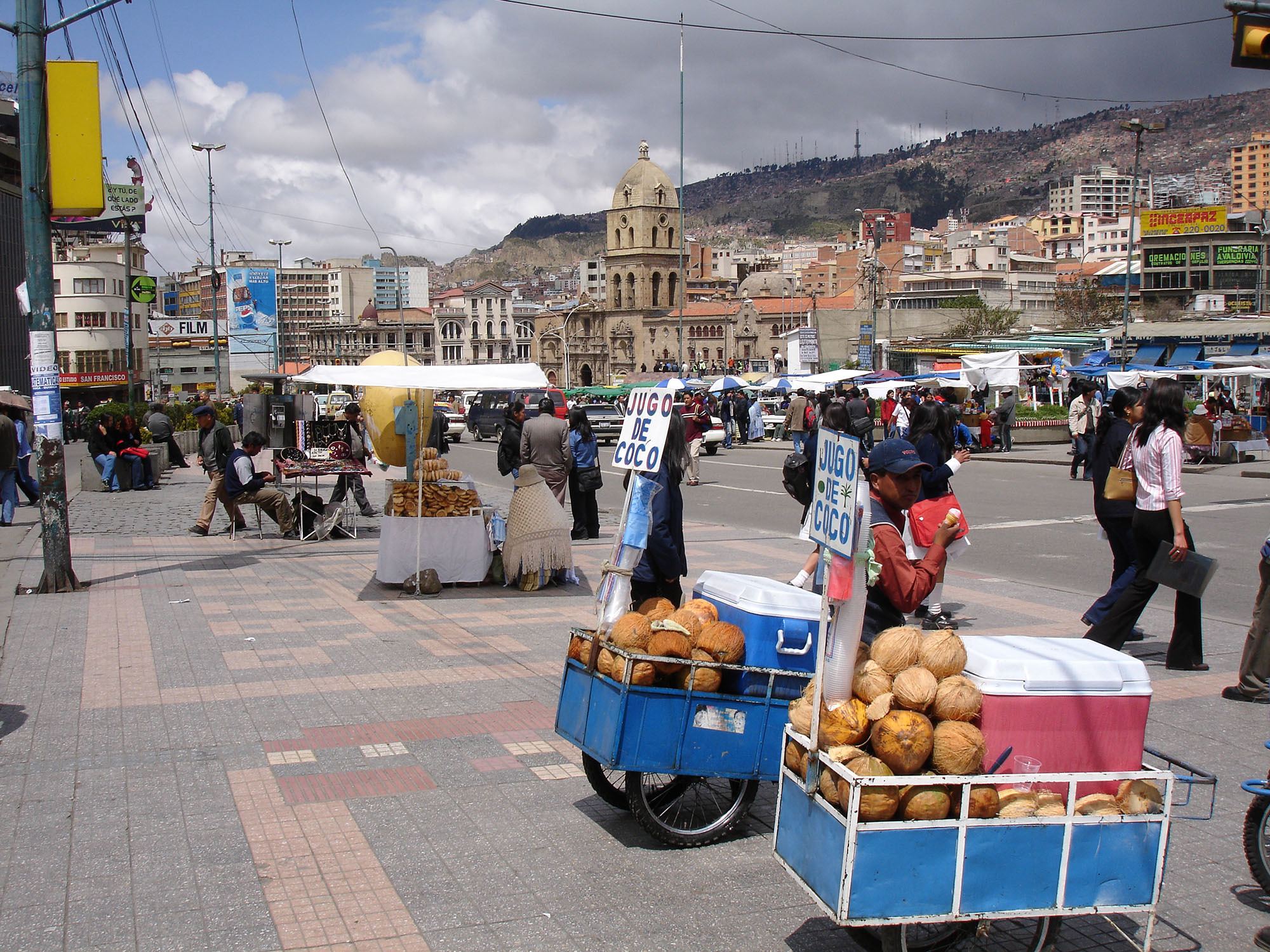
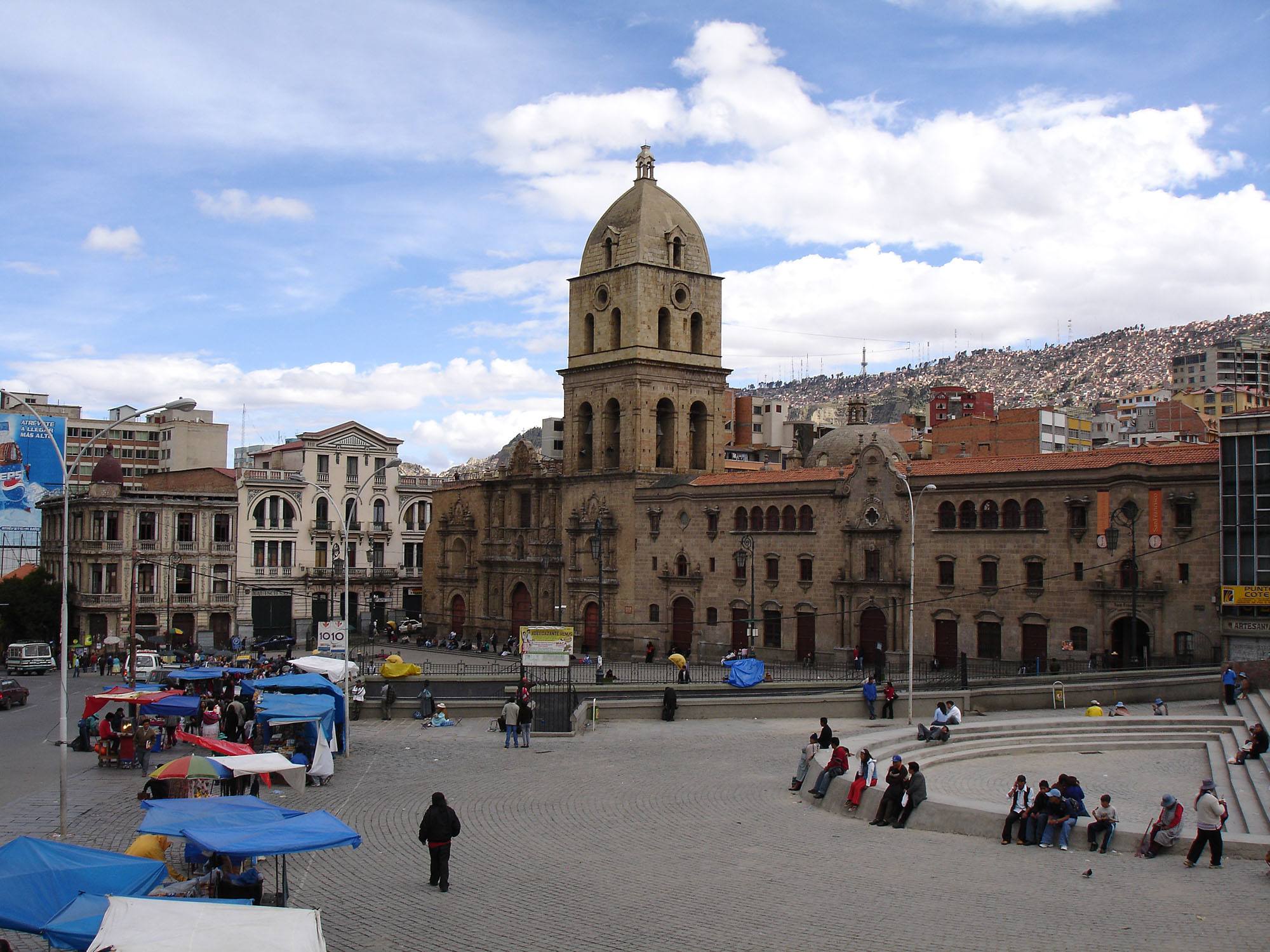
Adding a peculiar flair to its enticing charm were the jugglers and local artisans entertaining passers-by on street corners. After an interlude spent indulging on the sugary goodness of perfectly popped (thanks to the altitude) pasankalla, we continued our meander until - oxygen-depleted and fatigued, our extremities would no longer carry us.
Strike! Bolivian Style
Utterly determined to visit Lake Titicaca en route to the ancient ruins comprising Peru’s Machu Picchu, getting out of La Paz necessitated the adoption of a resilient and patient attitude. As a developing nation, public systems are volatile and inclined to disruption. While our heads cleared, permitting clarity, the country’s political systems entered murky waters following the election of a new leader.
Threats abounded; as fuel prices unhinged, bus companies went on strike and our dreams of visiting Inca ruins began crumbling.
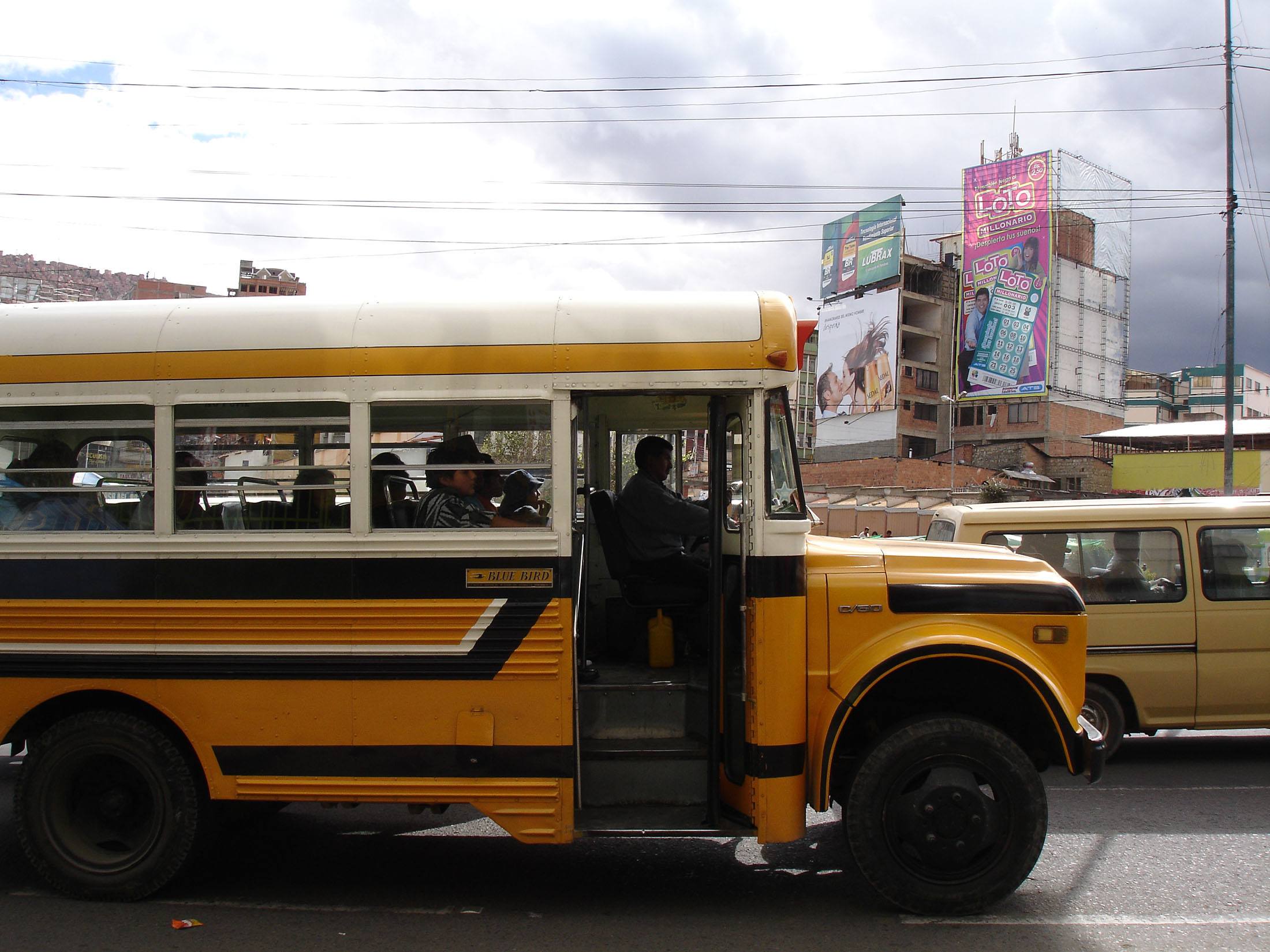
However, the kindness of local polyglots enlightened us - they directed us on a course of persistence. For several days, amid the chaos of political incivility and growing frustration, we returned frequently to the distinctive yellow Terminal de Buses. Designed by Gustave Eiffel, the building’s trimmings are characteristically French, infusing the Latin atmosphere with sophistication.
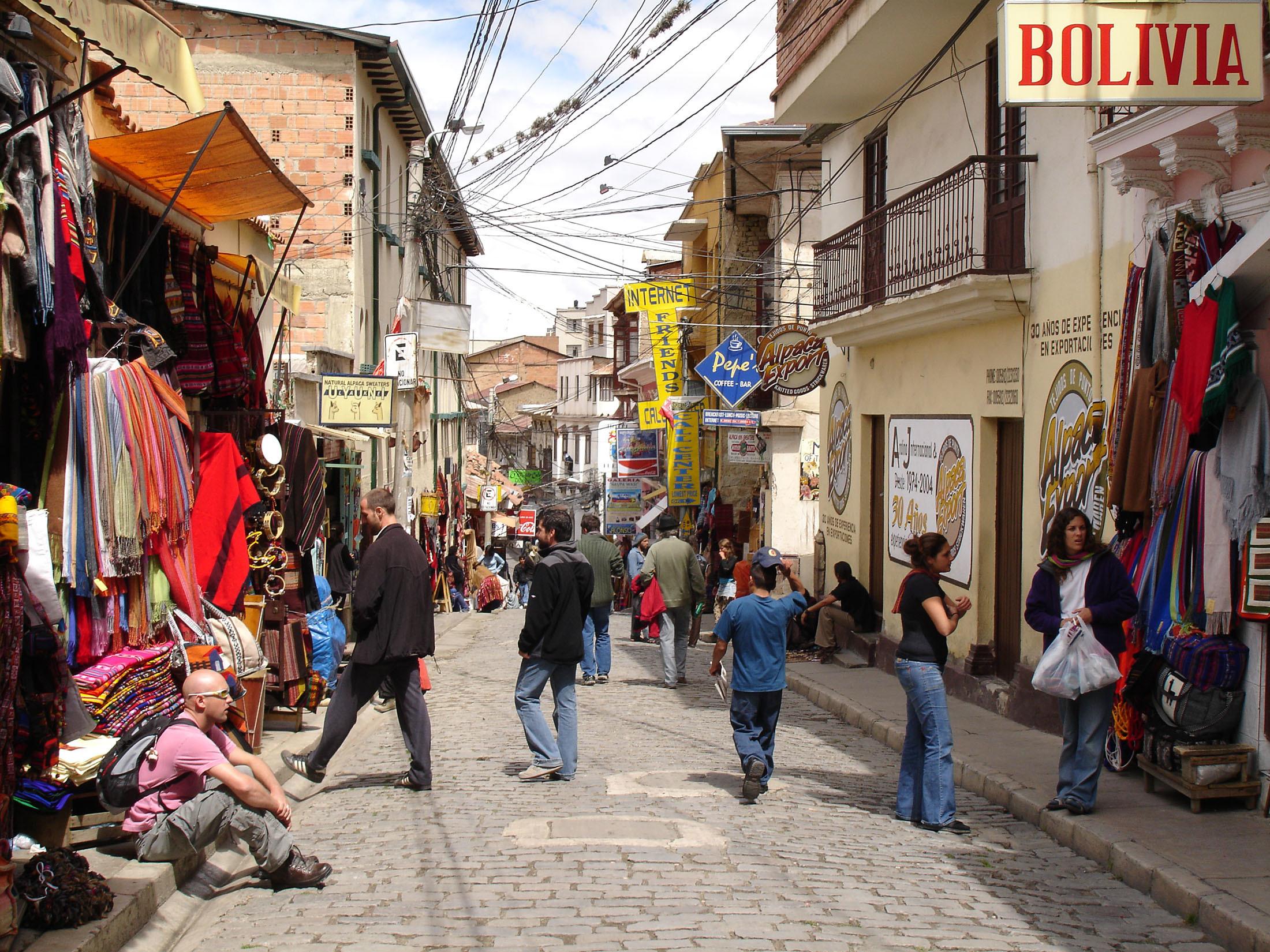
So persistent were we that on one occasion, while sitting surrounded by hopeful locals outside the station, cameras and microphones appeared before the group’s many faces: news reporters inquired, and voices responded emphatically, apparently expressing disappointment in the response by the new government.
As bodies returned to respective homes and travel weary figures moved languidly to temporary lodgings, Ben and I continued sitting determinedly.
Before long, our persistence was rewarded as a window shuddered open. Queues formed, coin purses opened and vending recommenced.
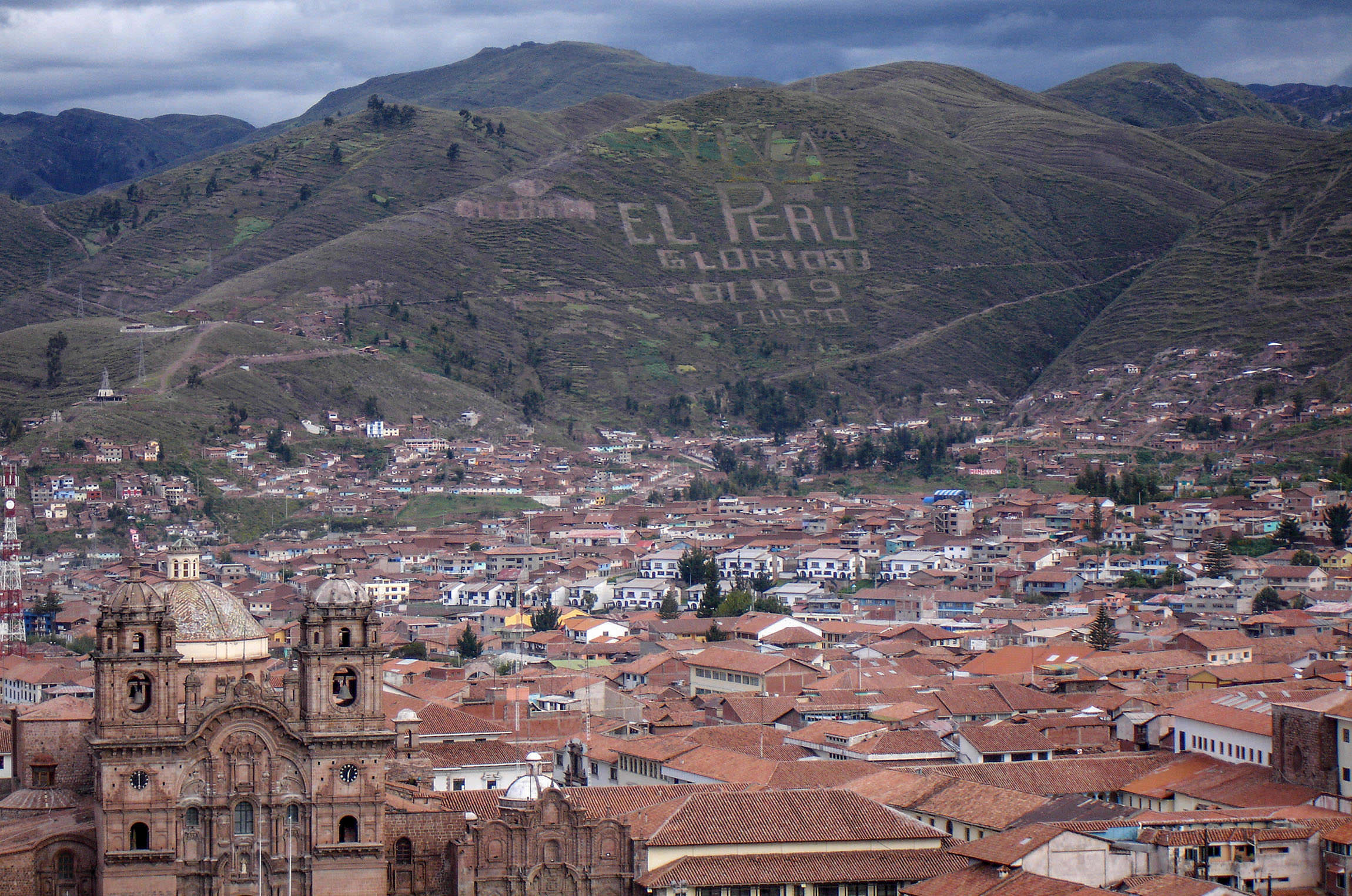
Nervousness dissipated as we snatched two of the final fares for the following morning, end destination: Cusco.
La Paz’s Charm - Why I'll Come Back
Despite obvious irritations, La Paz releases a charm intrinsic to the nation. From the colourful attire of the Indigenous populous to the chaos of the city’s streets, its enigma relentlessly entices inquiring minds.
There is no other place on earth quite like the Andean capital of the landlocked South American nation.
Further Information
Staying in La Paz - ACCOMMODATION
Many of the photos displayed on this page are courtesy of Ben Davies.
